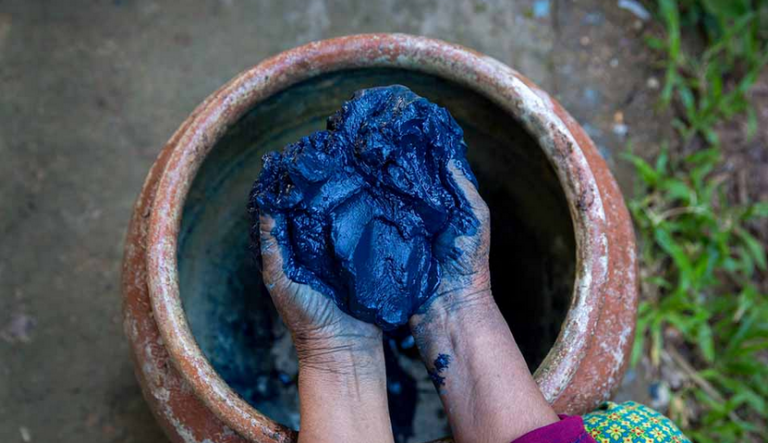Within the captivating tapestry of Japanese history , a fascinating link emerges between Samurai culture and the realm of real indigo. Tucked away in Tokushima, Japan, a region steeped in tradition, the secret to cultivating vibrant indigo lies beneath the surface, nurtured by the subterranean warmth of the Yoshino-gawa River. This revered dye gained prominence in the early 1600s, finding favor among the discerning Samurai class. Notably, indigo-dyed garments were more than a visual spectacle; they held remarkable properties. This natural dye possessed antibacterial attributes, flame resistance, and an innate ability to ward off odors and dirt. These fabrics found their place beneath the armor of Samurai warriors, offering protection against bacterial infections, and were also used by early firefighters to help ward off the flames.
Presently, this time-honored tradition perseveres thanks to the commitment of a handful of farmers in Tokushima, Japan. Osamu Nii, a sixth-generation indigo cultivator, embodies the legacy of this meticulous craft. His labor-intensive process involves sun-drying leaves, flipped with care to achieve the perfect navy hue for crafting indigo ink . Toshiharu Furusho, a master fabric dyer, harnesses the potential of this natural ink to create an astonishing spectrum of blues, ranging from the deep nando-iro to the captivating kachi-iro, reminiscent of the vast ocean’s allure.
Man Sentenced To Death in Saudi Arabia For Tweets
Source: Ancient Origins
Ask me anything
Explore related questions





